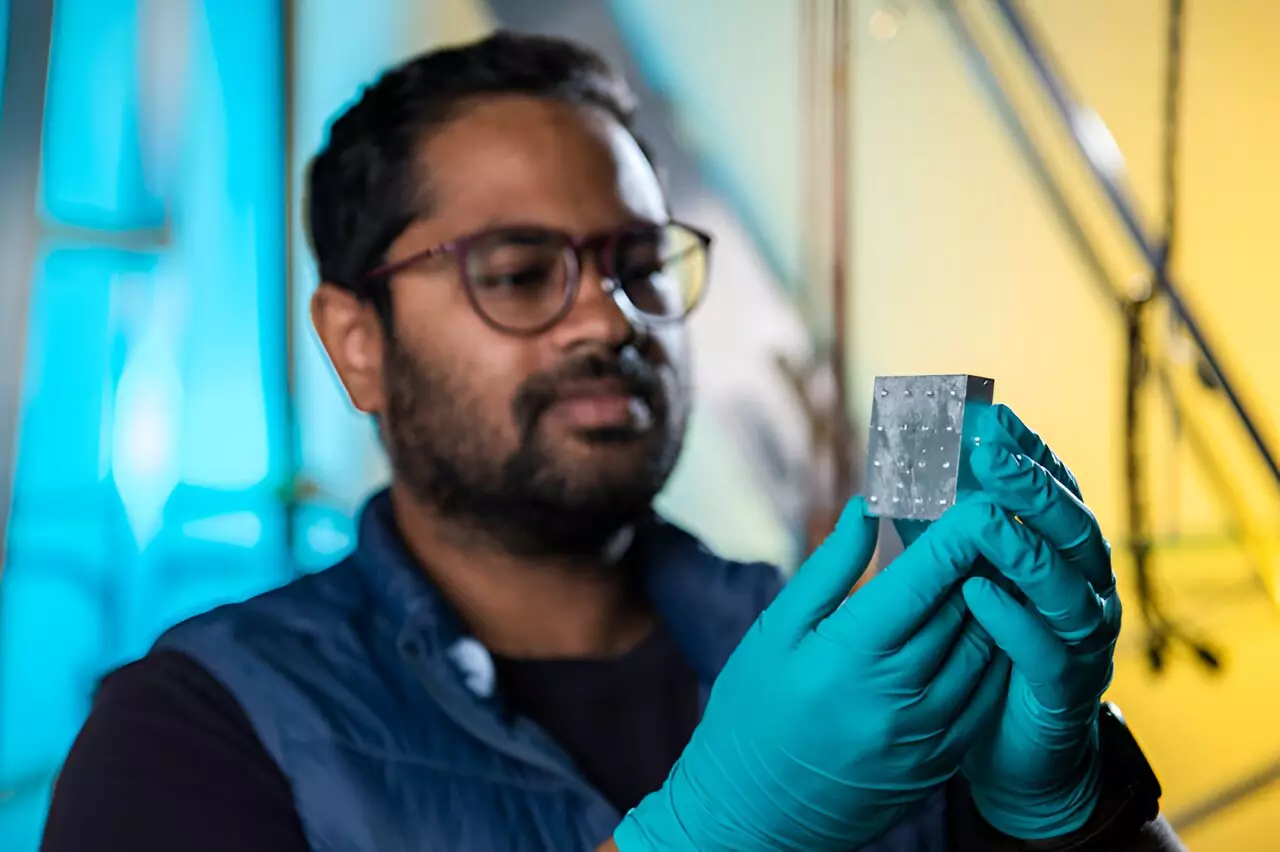Dark matter, an enigmatic form of matter believed to constitute approximately 27% of the universe, remains one of the greatest mysteries in astrophysics. Despite its significance, scientists cannot observe dark matter directly; it eludes conventional observational techniques. Instead, researchers rely on indirect evidence, searching for signals that indicate its interaction with ordinary matter. However, detecting these signals presents a daunting challenge due to their exceptionally weak nature. Conventional methods often fall short, driving the pursuit for innovative approaches in dark matter detection.
Quantum Techniques: A Leap Forward in Sensitivity
Emerging technologies in quantum mechanics promise to revolutionize the search for dark matter. Recently, a ground-breaking study by scientists at the U.S. Department of Energy’s Fermi National Accelerator Laboratory and the University of Chicago showcased an innovative technique to enhance detection sensitivity. By harnessing the principles of quantum information science, the researchers managed to amplify signals from dark matter interactions by a staggering factor of 2.78. This advancement suggests that the integration of quantum techniques into physical sciences could not only catalyze breakthroughs for dark matter detection but also pave the way for discovering new physics.
The fundamental approach of the researchers involved stimulating the emission of photons to bolster detection capabilities. Utilizing superconducting qubits, they ingeniously prepared a microwave cavity in a specific quantum state that maximized measurement sensitivity. This process allowed them to capture more signals indicating the presence of dark matter while simultaneously minimizing noise interference.
The Role of Superconducting Qubits and Fock States
At the core of this pioneering research is the concept of quantum Fock states, where light within the microwave cavity is arranged to represent a well-defined number of photons. The researchers employed superconducting qubits to elevate the likelihood of dark matter interaction. When dark matter particles traversed the microwave cavity walls, they would facilitate the addition or removal of photons, thereby emitting quantifiable signals indicative of their presence.
The role of the qubits, however, extends beyond mere signal amplification. They were carefully engineered to interact with the photons in such a way as to preserve the integrity of the signal during measurement. This engineering provides an edge, allowing researchers to probe the same photon multiple times without the risk of destroying it. Therefore, the approach not only ramps up sensitivity but simultaneously mitigates the noise from the environment.
Overcoming Environmental Noise Challenges
One of the daunting challenges in quantum detection is the interference posed by environmental noises, particularly at microwave frequencies where photons possess minuscule energy. Any extraneous thermal photons could obscure the already faint signals stemming from dark matter interactions. To counter this, the researchers cooled the microwave cavity using a dilution refrigerator maintained at a near-absolute temperature—one-hundredth of a Kelvin. This drastic cooling minimizes thermal disturbances and enhances measurement precision, thereby creating a more conducive environment for detecting elusive dark matter signals.
The ingenious analogy of pushing a child on a swing aptly encapsulates the essence of the technique employed. When a swing is in motion, less effort is required to maintain its momentum. Similarly, by initiating a state of oscillation within the microwave cavity, the team increased the probability of detection for dark matter signals passing through. This concept not only illustrates the intricate dynamics of quantum states but also enhances the efficacy of dark matter searches, effectively saving both time and resources.
Implications for Scientific Discovery
The implications of this research extend well beyond the search for dark matter. With advancements such as these, scientists are provided with a robust framework that can be adapted to explore other longstanding mysteries in fundamental physics. This method stands to significantly affect how researchers conduct experiments across various domains, redefining the standards for sensitivity and noise reduction.
As we stand on the precipice of significant scientific breakthroughs, the fusion of quantum mechanics with fundamental physics signals a thrilling era for discovery. The successful application of these quantum techniques in dark matter detection has far-reaching consequences, chipping away at the mysteries of our universe while establishing a new paradigm in experimental science. This innovative approach not only elevates our understanding but also reimagines how we can utilize quantum mechanics in unveiling the intricate tapestry of the cosmos.
In the grand quest to comprehend the universe’s fabric, innovations in quantum techniques serve as beacons of hope, lighting the way toward deeper insights into the very nature of existence itself.

